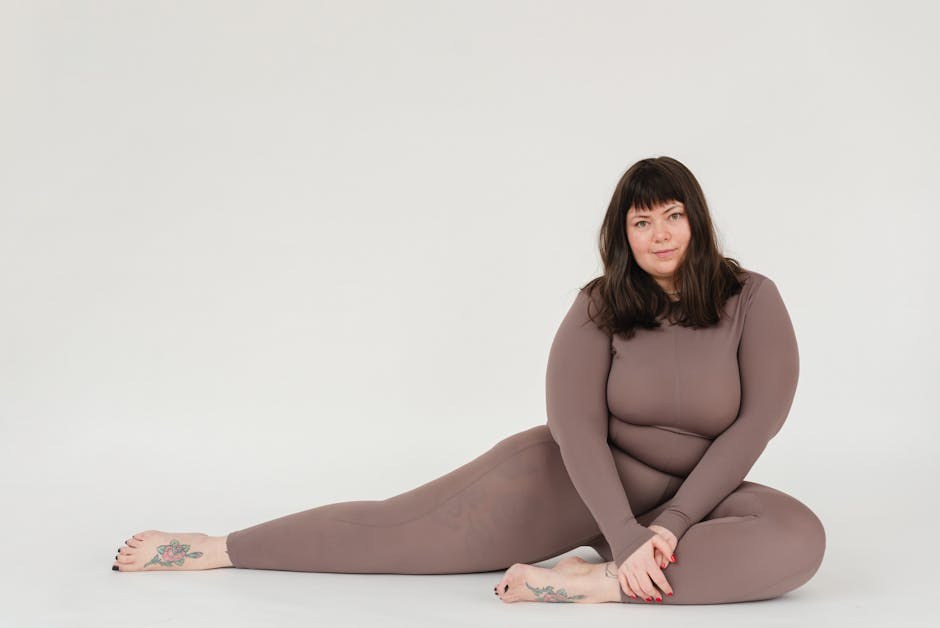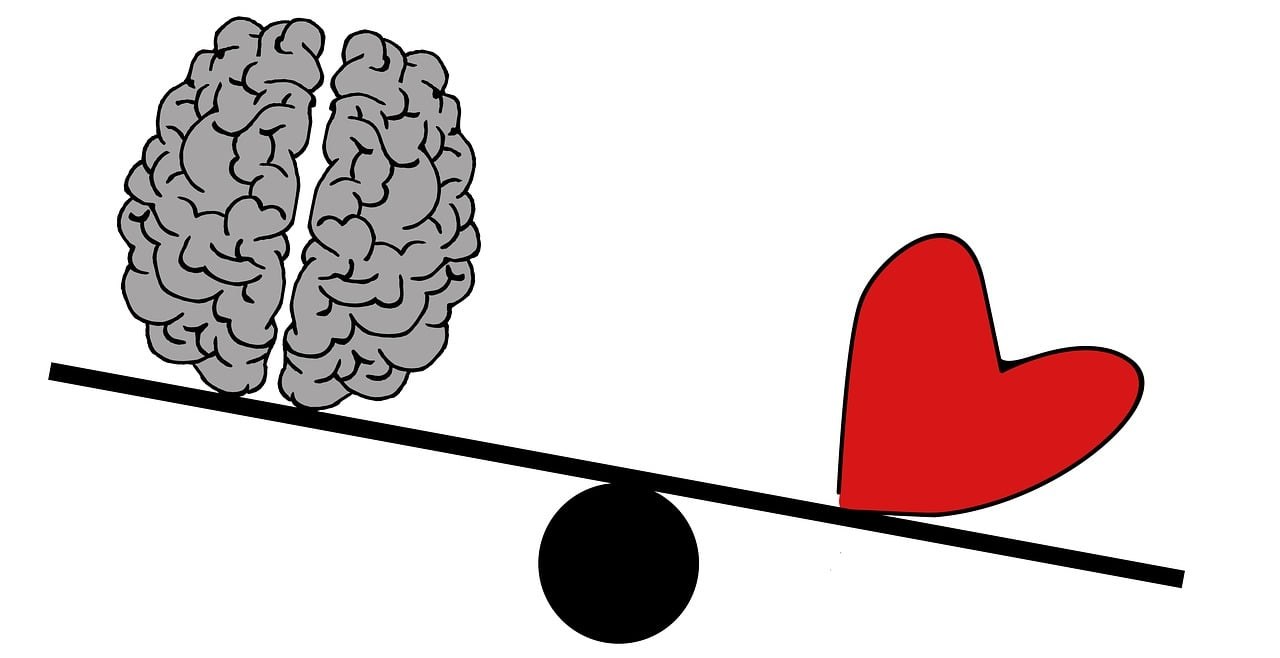Breakups and reunions have a way of stirring the dust in our memory attic – the place where small tokens of affection sit beside sharp shards of regret. Somewhere in that attic live old love letters , the folded pages that once made your hands shake and your heart race. In the aftermath of a relationship, the impulse to purge can feel righteous and clean. Yet the quieter voice – the one that wonders who you were when you wrote or received those lines – often asks for time. This piece explores how to decide whether to keep or discard old notes and mementos, how to live with them if you do, and how to grieve them if you don’t. The aim is not to hand you a verdict but to equip you with a thoughtful process for dealing with old love letters in a way that honors both your past and your present.
Why the urge to destroy feels so strong
In the first weeks after a breakup, our minds reach for simple solutions. Fire, trash bags, and delete buttons offer immediate relief – a sense of control during a season when control is scarce. The sight of old love letters can act like a spark to dry tinder, and when you feel raw, the logic is seductive: remove the trigger and you remove the pain. That logic makes emotional sense in the moment. But short-term relief sometimes trades against long-term meaning. A keepsake is not only about another person; it is also a record of you, your voice, your hopes, and the way you used to understand love. Destroying that archive can silence a chapter you may one day wish to reread, even if only to smile at how far you’ve come. The memory of who you were can be stabilizing – and old love letters are unusually good at preserving that.
The hidden value of artifacts
Letters aren’t just paper. They are timestamps in ink, proof that a version of you existed and dared to say certain things out loud. While photographs show you the surface, old love letters reveal tone, rhythm, and private jokes – the internal weather of a relationship. Years later, when the sting has faded, you may find that what you miss is not the person but the vocabulary of that season: the odd metaphors, the playful sign-offs, the courage it took to confess something tender. Many people who once burned their notes describe a later, unexpected regret – not because they want the relationship back, but because they wish they could revisit their earliest attempts at love without relying on a foggy memory.

The difference between memory and memorabilia
Our recollections are selective and malleable. We tidy the complicated edges, emphasize certain scenes, and downplay others. Memorabilia acts as a corrective – a small anchor that keeps the past from drifting too far from what actually happened. When you read old love letters after enough time has passed, you often see them with new eyes. The dramatic lines that once felt like oxygen now read as earnest, even endearing. The arguments shrink to size. You are able to hold the moment rather than relive it. In that way, keeping a small archive can help integrate a chapter into your life story rather than erase it, which is important because erased chapters have a habit of reappearing at inconvenient times.
Reasons to keep, reasons to let go
There is no single rule, and that’s good news – it means you can craft a response that fits your situation. Below are balanced considerations designed to help you weigh your values.
Keep if the letters capture a formative period. Firsts matter: first crush, first confession, first promise. Old love letters from those seasons can function as a personal time capsule. They are evidence of becoming, and becoming is worth remembering.

Keep if the letters make you smile more than they make you ache. A small ache is normal; lingering distress is not. If rereading leaves you grounded, that’s a sign they belong in your archive.
Let go if the letters keep you stuck in rumination. If every encounter sends you down the same rabbit hole, the cost may outweigh the benefit. In that case, consider a ritual of release – a conscious goodbye to old love letters that no longer support your healing.
Let go if keeping them would violate an agreement or cause harm in your current life. Privacy and boundaries matter. When the existence of an archive undermines trust, a selective purge or secure storage may be wiser than casual keeping.

A middle path: keep with boundaries
Between hoarding and torching lies a workable compromise – keep a curated, contained collection and set rules for how you’ll interact with it. This method treats old love letters as artifacts rather than anchors. It gives you the option to look back without letting the past spill into every room.
Create a container. Choose a box or folder that feels sturdy and neutral. The symbolism matters – you are placing the past in a safe place, not your nightstand. Label it plainly. The act of boxing old love letters is both practical and ceremonial: it asserts that these pages are significant but not sovereign over your daily life.
Set access rules. Decide when you will open the box. Perhaps once a year on a calm weekend, or only when you feel centered. The rule protects you from doom-scrolling the past. It also ensures that when you engage with old love letters , you do so with intention and compassion for yourself.
Curate, don’t collect. You don’t need every scrap. Keep a representative sample – a first note, a birthday card, a short exchange that captures your voice. Curation turns a pile into an archive and reduces the emotional charge attached to each piece of paper.
Separate souvenir from shrine. A souvenir reminds you of a journey; a shrine keeps you there. Keep souvenirs. Avoid shrines. If you notice that your arrangement of old love letters feels like a daily vigil, scale back until it’s simply a respectful keepsake.
Rituals that heal without erasing
If keeping everything doesn’t feel right, you can still honor your story as you let parts of it go. Rituals give form to emotions that otherwise fill the room. For instance, you might read each note once more, speak a brief thank-you, and then release some – perhaps a duplicate card or a casual note – while preserving a few meaningful pages. This approach allows you to lighten the box without pretending the relationship didn’t shape you. The act becomes less about denying the weight of old love letters and more about distributing it wisely.
When you meet again years later
Time has a sense of humor. You may someday bump into a first love and discover that the conversation is easy, almost friendly. In those moments, the presence or absence of old love letters can change the texture of your memories. If you kept them, you might recall specific lines that make you both laugh. If you didn’t, you may find yourself wishing for a clearer picture of who you were – not to rekindle anything, but to honor the person who tried so earnestly to love well. Either way, the encounter often confirms a simple truth: the past is complete, but it is never meaningless. Letters are one way we keep that meaning legible.
Understanding regret – and what to do with it
Regret is a teacher that arrives late. If you destroyed old love letters in a blaze of catharsis, you might feel a pang later. That pang doesn’t mean you made a morally wrong decision; it signals that your present self values reflection more than your past self could at the time. You cannot un-burn paper, but you can preserve future chapters with more care. Start by keeping mementos from later relationships or even from friendships and personal milestones. The goal isn’t to cling to everything – it’s to recognize that artifacts help us trace our growth.
Privacy, consent, and respect
Another layer to consider is ethical: these pages often contain intimate details about someone else. If you keep old love letters , store them in a way that safeguards privacy. If you suspect your archive could wound a current partner, talk about how you plan to handle it. Respect for the person who wrote to you should guide your decisions about sharing or displaying anything. If you choose to discard, do so in a way that protects confidentiality. The right choice blends your emotional needs with responsible stewardship of another person’s words.
How to read the past without reopening the wound
Reading can be a tender act – you are visiting a younger self. To keep that visit gentle, try this approach. Before opening the box, decide on a time limit and a purpose: remembrance, gratitude, learning. Read slowly. Notice the parts that make you smile. If you stumble on a painful paragraph, take a breath and remind yourself that you survived the season that produced it. When you finish, close the box and do something present-focused – a walk, a call with a friend, a task that grounds you. In this way, old love letters become a bridge rather than a trap door.
Practical guide: a path that fits you
Because circumstances differ, here are adaptable paths. Choose the one that matches your current needs and emotional landscape.
If you decide to keep them
Curate a small set. Choose pieces that mark turning points: a first exchange, a note that shows growth, a farewell that captured hard-won clarity. This keeps the archive meaningful and manageable. The result is an intentional collection of old love letters that tell a story without overshadowing new chapters.
Store thoughtfully. Use a box that is private and out of everyday reach. The placement signals that the contents are honored but not active. Some people prefer a trunk in the attic – somewhere you must choose to visit. Each deliberate visit reframes old love letters as reflective tools, not background noise.
Write a note to your future self. Slip a short letter on top of the stack explaining why you kept these pages and how you want future-you to feel when reading them. That meta-letter becomes a compass the next time you encounter old love letters .
Pair with present-focused rituals. After reading, do something current – cook dinner with a partner, journal about today’s wins, plan a trip with friends. The juxtaposition makes it clear that you can hold the past while living now.
If you decide to let them go
Say a deliberate goodbye. Before parting with old love letters , read a few passages and express gratitude – quietly or out loud. Gratitude acknowledges that the love was real and that it taught you something, even if it ended. Ritual gives dignity to departure.
Keep a token, release the rest. Consider saving a single page – perhaps a line that encapsulates a chapter – and discarding duplicates or casual notes. A single keepsake can honor your history without preserving the entire archive of old love letters.
Document your decision. Write a short reflection about why you chose to release these pieces and what you hope to make space for. That reflection becomes the new artifact, a north star for moments when nostalgia tempts you to second-guess.
Create new anchors. Replace the weight of old love letters with objects tied to your current season – a postcard from a recent trip, a note from a friend, a small memento from a personal milestone. You aren’t erasing the past; you are balancing the shelf.
What letters teach us about ourselves
Beyond romance, these pages chart the evolution of your voice. In early notes you might find extravagant metaphors and joyful exaggerations. Later letters may read steadier, less dazzled and more grounded. Rereading old love letters can show you how your boundaries sharpened, how your compassion widened, and how your humor matured. They reveal what you asked for then – and what you hesitated to ask for. That kind of self-knowledge has practical value. It shapes the conversations you have now, the way you apologize, and the promises you feel ready to make.
Humor, humility, and the gift of perspective
There is a particular sweetness in laughing at your younger self without cruelty. The exaggerated lines, the dramatic sign-offs, the earnest pledges – all of it reflects a brave attempt to love with the tools you had. If the sight of old love letters makes you cringe, remember that the cringe is proof of growth. You became someone who recognizes a better way to say the same thing. That recognition is a quiet form of pride.
Handling the firsts you can’t remember
Many people discover that they cannot recall their first date, first inside joke, or the exact shape of a first kiss – not because those moments weren’t significant, but because memory blurs. The small details tend to vanish unless there is a souvenir to catch them on the way out. That is one reason some choose to keep a modest stack of old love letters : a way to revisit scenes that would otherwise fade to a vague outline. Even a few lines can escort you back to a classroom corridor, a cafe table, or a bus ride home – not to stay, but to nod in gratitude and return.
Making peace with whatever you choose
Whether you keep everything, curate a few, or let most of it go, the key is intention. Make the decision in a calm state, not in the heat of an argument or the chill of a lonely night. If you can, sleep on it. When you choose deliberately, old love letters become symbols of agency rather than accidents you trip over. And if you later feel a pinprick of regret, meet it with gentleness. You made the best choice with the information and bandwidth you had. The past is generous when we treat it with respect.
A final word on rainy-day archives
There is comfort in knowing that, tucked away on a quiet shelf, there is a small box that holds a younger voice cheering you on. You may visit it on a rainy day – not to reopen old wounds, but to verify that you have lived and loved and learned. That box doesn’t keep you from moving forward; it reminds you that you’ve been in motion all along. If you are standing in front of a stack right now, wondering what to do, consider this: choose the few pages that best reflect who you were and what you learned, store them with care, and release the rest. In doing so, you allow old love letters to become what they were always meant to be – gentle companions to your story, not the authors of it.